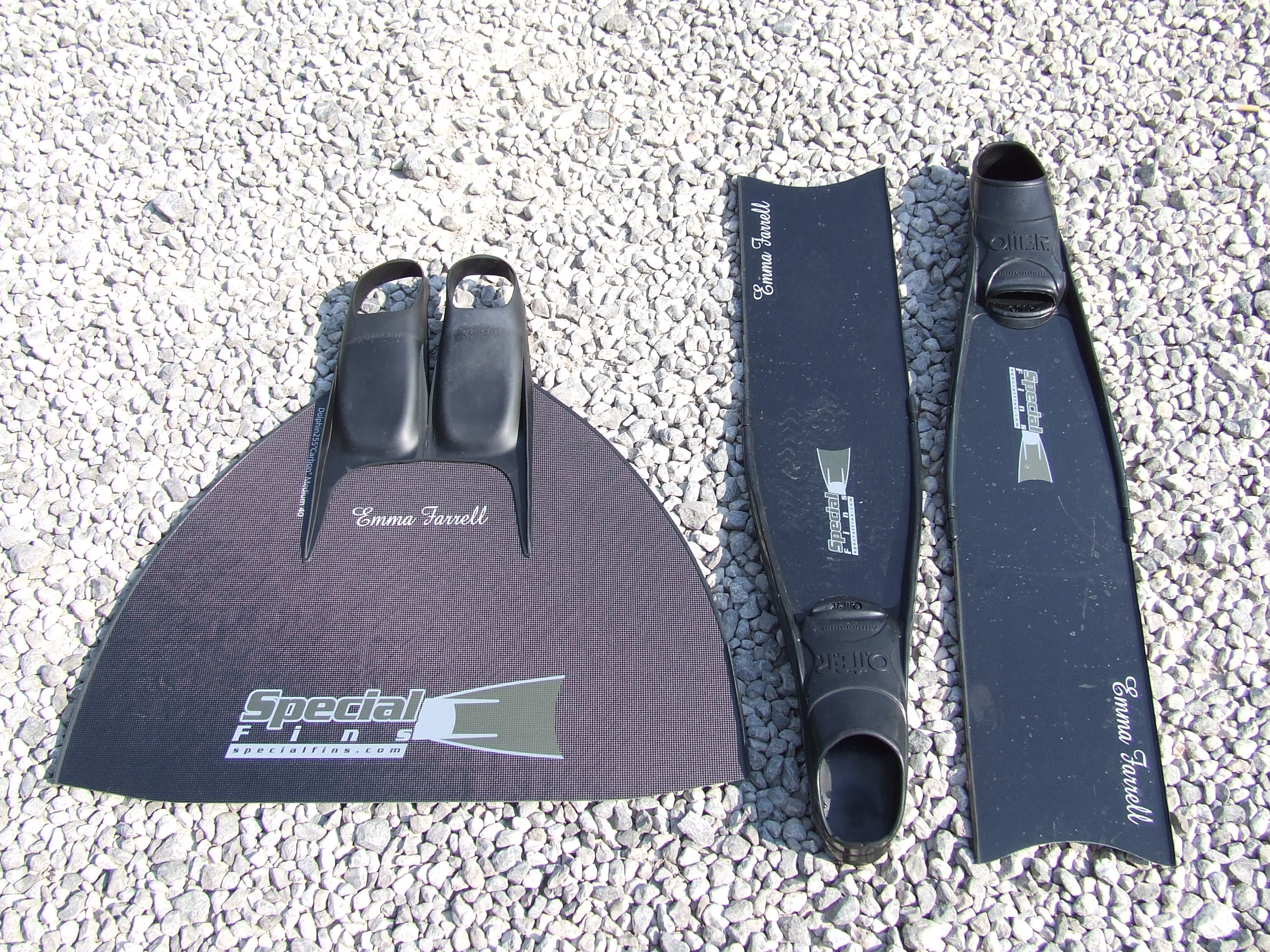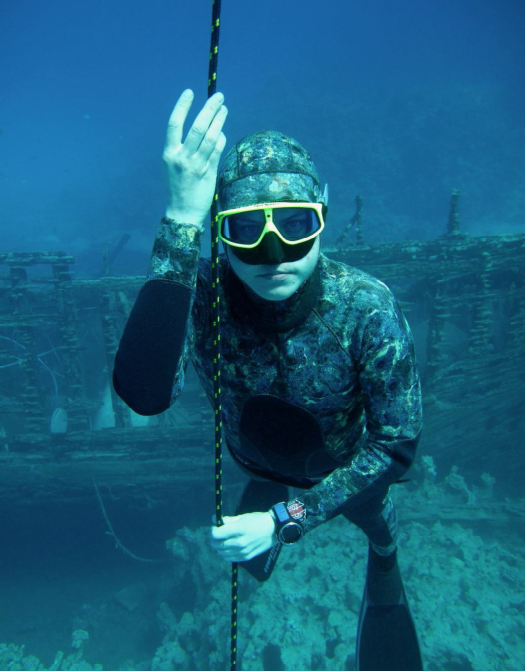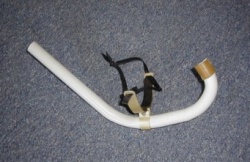|
Fin Swimming
Finswimming is an underwater sport consisting of four techniques involving swimming with the use of fins either on the water's surface using a snorkel with either monofins or bifins or underwater with monofin either by holding one's breath or using open circuit scuba diving equipment. Events exist over distances similar to swimming competitions for both swimming pool and open water venues. Competition at world and continental level is organised by the Confédération Mondiale des Activités Subaquatiques (CMAS, World Underwater Federation). The sport's first world championship was held in 1976. It also has been featured at the World Games as a trend sport since 1981 and was demonstrated at the 2015 European Games in June 2015. Rules and description of the sport Competitors are described within the International Rules as 'swimmers' rather than as finswimmers or divers. Classes of competition Competition is divided into two classes: swimming pool and long distance (also ca ... [...More Info...] [...Related Items...] OR: [Wikipedia] [Google] [Baidu] |
Confédération Mondiale Des Activités Subaquatiques
Confédération Mondiale des Activités Subaquatiques (CMAS; known in English as the World Underwater Federation) is an international federation that represents underwater activities in underwater sport and underwater sciences, and oversees an international system of recreational snorkel and scuba diver training and recognition. Its foundation in Monaco during January 1959 makes it one of the world's oldest underwater diving organisations. Origins An international congress of diving federations representing all underwater disciplines met in Brussels on 28 September 1958. National delegates attended from following countries: Belgium, Brazil, France, the Federal Republic of Germany, Greece, Italy, Monaco, Portugal, Switzerland, the United States of America and the former Yugoslavia. Following a decision at that congress, a meeting was held in Monaco on 9–11 January 1959, which officially established the World Underwater Federation, with an acronym based on its French title ... [...More Info...] [...Related Items...] OR: [Wikipedia] [Google] [Baidu] |
Olympic-size Swimming Pool
An Olympic-size swimming pool is a swimming pool which conforms to the regulations for length, breadth, and depth made by World Aquatics (formerly FINA) for swimming at the Summer Olympics and the swimming events at the World Aquatics Championships. Different size regulations apply for other pool-based events, such as diving, synchronized swimming, and water polo. Less onerous breadth and depth regulations exist for lesser swimming competitions, but any "long course" event requires a course length of , as distinct from " short course" which applies to competitions in pools that are in length (or in the United States). If touch pads are used in competition, then the distance is relative to the touch pads at either end of the course, so that the pool itself is generally oversized to allow for the width of the pads. An Olympic-size swimming pool is used as a colloquial unit of volume, to make approximate comparisons to similarly sized objects or volumes. It is not a specific d ... [...More Info...] [...Related Items...] OR: [Wikipedia] [Google] [Baidu] |
Nitrox
Nitrox refers to any gas mixture composed (excepting trace gases) of nitrogen and oxygen. It is usually used for mixtures that contain less than 78% nitrogen by volume. In the usual application, underwater diving, nitrox is normally distinguished from air and handled differently. The most common use of nitrox mixtures containing oxygen in higher proportions than atmospheric air is in scuba diving, where the reduced partial pressure of nitrogen is advantageous in reducing nitrogen uptake in the body's tissues, thereby extending the practicable underwater dive time by reducing the decompression requirement, or reducing the risk of decompression sickness (also known as ''the bends''). The two most common recreational diving nitrox mixes are 32% and 36% oxygen, which have maximum operating depths of about 110 feet (34 meters) and 95 feet (29 meters) respectively. Nitrox is used to a lesser extent in surface-supplied diving, as these advantages are reduced by the more complex logi ... [...More Info...] [...Related Items...] OR: [Wikipedia] [Google] [Baidu] |
Homologation
Homologation (Greek language, Greek ''homologeo'', ὁμολογέω, "to agree") is the granting of approval by an official authority. This may be a court of law, a government department, or an academic or professional body, any of which would normally work from a set of rules or standards to determine whether such approval should be given. The word may be considered very roughly synonymous with ''wiktionary:Accreditation, accreditation'', and in fact in French language, French and Spanish language, Spanish may be used with regard to academic degrees (see apostille). ''Certification'' is another possible synonym, while ''to homologate'' is the infinitive verb form. In today's marketplace, for instance, products must often be homologated by some public agency to assure that they meet standards for such things as safety and environmental impact. A court action may also sometimes be homologated by a judicial authority before it can proceed, and the term has a precise legal meaning i ... [...More Info...] [...Related Items...] OR: [Wikipedia] [Google] [Baidu] |
Freediving
Freediving, free-diving, free diving, breath-hold diving, or skin diving, is a mode of underwater diving that relies on breath-holding until resurfacing rather than the use of breathing apparatus such as scuba gear. Besides the limits of breath-hold, immersion in water and exposure to high ambient pressure also have physiological effects that limit the depths and duration possible in freediving. Examples of freediving activities are traditional fishing techniques, competitive and non-competitive freediving, competitive and non-competitive spearfishing and freediving photography, synchronised swimming, underwater football, underwater rugby, underwater hockey, underwater target shooting and snorkeling. There are also a range of "competitive apnea" disciplines; in which competitors attempt to attain great depths, times, or distances on a single breath. Historically, the term ''free diving'' was also used to refer to scuba diving, due to the freedom of movement compared wi ... [...More Info...] [...Related Items...] OR: [Wikipedia] [Google] [Baidu] |
Snorkelling
Snorkeling ( British and Commonwealth English spelling: snorkelling) is the practice of swimming face down on or through a body of water while breathing the ambient air through a shaped tube called a snorkel, usually with swimming goggles or a diving mask, and swimfins. In cooler waters, a wetsuit may also be worn. The snorkel may be an independent item or integrated with the mask. The use of this equipment allows the snorkeler to observe the underwater environment for extended periods with relatively little effort, and to breathe while face-down at the surface. Snorkeling is a popular recreational activity, particularly at tropical resort locations. It provides the opportunity to observe underwater life in a natural setting without the complicated equipment and training required for scuba diving. It appeals to all ages because of how little effort is involved and is the basis of the two surface disciplines of the underwater sport of finswimming. Snorkeling is also used b ... [...More Info...] [...Related Items...] OR: [Wikipedia] [Google] [Baidu] |
Immersion Finswimming
Finswimming is an underwater sport consisting of four techniques involving swimming with the use of fins either on the water's surface using a snorkel with either monofins or bifins or underwater with monofin either by holding one's breath or using open circuit scuba diving equipment. Events exist over distances similar to swimming competitions for both swimming pool and open water venues. Competition at world and continental level is organised by the Confédération Mondiale des Activités Subaquatiques (CMAS, World Underwater Federation). The sport's first world championship was held in 1976. It also has been featured at the World Games as a trend sport since 1981 and was demonstrated at the 2015 European Games in June 2015. Rules and description of the sport Competitors are described within the International Rules as 'swimmers' rather than as finswimmers or divers. Classes of competition Competition is divided into two classes: swimming pool and long distance (also c ... [...More Info...] [...Related Items...] OR: [Wikipedia] [Google] [Baidu] |
Scuba Finswimming
Finswimming is an underwater sports, underwater sport consisting of four techniques involving Human swimming, swimming with the use of Swimfin, fins either on the water's surface using a Snorkel (swimming), snorkel with either monofins or bifins or underwater with monofin either by holding one's breath or using Scuba set#Types, open circuit scuba diving equipment. Events exist over distances similar to Swimming (sport), swimming competitions for both swimming pool and open-water diving, open water venues. Competition at world and continental level is organised by the Confédération Mondiale des Activités Subaquatiques (CMAS, World Underwater Federation). The sport's first world championship was held in 1976. It also has been featured at the World Games as a trend sport since 1981 and was demonstrated at the 2015 European Games in June 2015. Rules and description of the sport Competitors are described within the International Rules as 'swimmers' rather than as finswimmers or ... [...More Info...] [...Related Items...] OR: [Wikipedia] [Google] [Baidu] |
Boat
A boat is a watercraft of a large range of types and sizes, but generally smaller than a ship, which is distinguished by its larger size or capacity, its shape, or its ability to carry boats. Small boats are typically used on inland waterways such as rivers and lakes, or in protected coastal areas. However, some boats (such as whaleboats) were intended for offshore use. In modern Navy, naval terms, a boat is a vessel small enough to be carried aboard a ship. Boats vary in proportion and construction methods with their intended purpose, available materials, or local traditions. Canoes have been used since prehistoric times and remain in use throughout the world for transportation, fishing, and sport. Fishing boats vary widely in style partly to match local conditions. Pleasure boat, Pleasure craft used in boating, recreational boating include ski boats, Pontoon (boat), pontoon boats, and sailboats. House boats may be used for vacationing or long-term residence. Lighter (barge), L ... [...More Info...] [...Related Items...] OR: [Wikipedia] [Google] [Baidu] |



